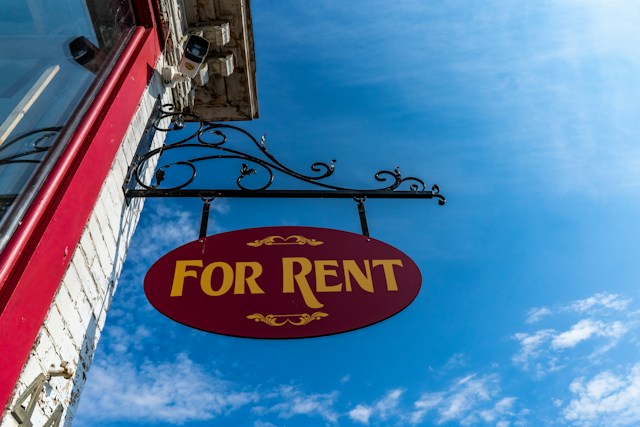In the realm of real estate, especially in pricy markets, the dream of homeownership often entails a substantial financial commitment. But does the conventional narrative of “buy a house, settle down” hold up in an overheated market? Alternatively, could renting and redirecting funds into real estate syndications be a more financially savvy move? Let’s delve into the math and risks associated with two divergent paths a young family might choose:
Scenario 1 – Saving up Cash to Buy a Primary Residence
Enter Jack and Jill, a newlywed couple navigating the traditional route of saving to buy a home. They set their sights on a $1 million three-bedroom house, for which they put down $200,000 (20%). Securing a 30-year mortgage of $800,000 at 5% interest, their homeownership journey begins.
A decade later, they’ve paid about $515,000 in mortgage payments, with $150,000 contributing to the principal. Their property’s appreciated equity, combined with the principal paid, yields $830,000 if they decide to sell. Conventional wisdom seems validated.
Scenario 2 – Renting a Home and Investing in Real Estate Syndications
Contrastingly, Jack and Jill opt to defy societal norms. They choose to rent a three-bedroom apartment at $3,000 per month, allocating their $200,000 savings into a real estate syndication. The syndication promises an 8% annual preferred return and an estimated 2x equity multiple over a 5-year period.
Three years later, the syndication flourishes, returning their initial $200,000 with an additional $170,000 in profits. Choosing to reinvest, the couple engages in subsequent syndications, amassing $740,000 over a decade.
Factoring in $415,000 spent on rent over the years, the net gain in this unconventional approach is a staggering $985,000.
Mathematical Comparison:
Scenario 1:
- Began with: $200,000
- Equity after 10 years: $480,000
- Principal paid down after 10 years: $150,000
- Interest paid over 10 years: $365,000
- Net Gain: $465,000
Scenario 2:
- Began with: $200,000
- Profits after year 3 (1st syndication): $170,000
- Profits after year 7 (2nd syndication): $340,000
- Profits after year 10 (3rd syndication): $660,000
- Rent paid over 10 years: $415,000
- Net Gain: $985,000
In choosing unconventional investment over homeownership, Jack and Jill potentially amass $520,000 more in a decade, equivalent to an additional income stream of over $50,000 annually.
Assumptions & Considerations:
- Home Appreciation Rate: Assumes a 4% annual home value appreciation.
- Syndication Performance: Assumes well-vetted syndication deals led by a competent team.
- Huge Home Loan: Acknowledges the risk and strain of servicing a large mortgage, especially during economic downturns.
- Liability: Highlights the absence of liability for passive investors in syndications.
- Taxes: Recognizes the tax benefits favoring real estate syndication investments.
Conclusion:
Think different, as Apple’s tagline suggests. These scenarios aren’t prescriptive but illuminate divergent paths available for your money. One is steeped in tradition and carries substantial liabilities; the other offers true assets and financial gains. Embrace the unconventional, overcome naysayers, and chart a course that aligns with your vision. Whether you choose a familiar or less-trodden path, may your home be a sanctuary of joy, love, and laughter.




